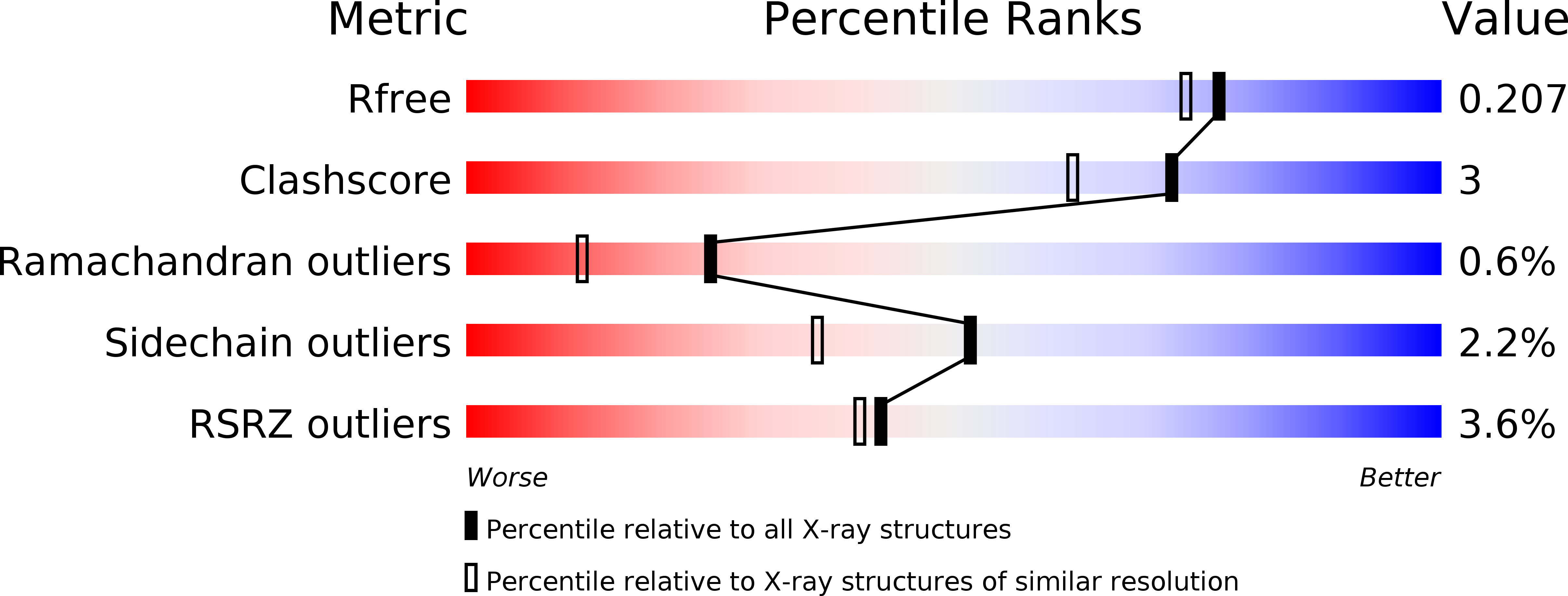
Deposition Date
2016-02-21
Release Date
2016-09-28
Last Version Date
2024-01-10
Method Details:
Experimental Method:
Resolution:
1.85 Å
R-Value Free:
0.20
R-Value Work:
0.18
R-Value Observed:
0.18
Space Group:
P 32 2 1


